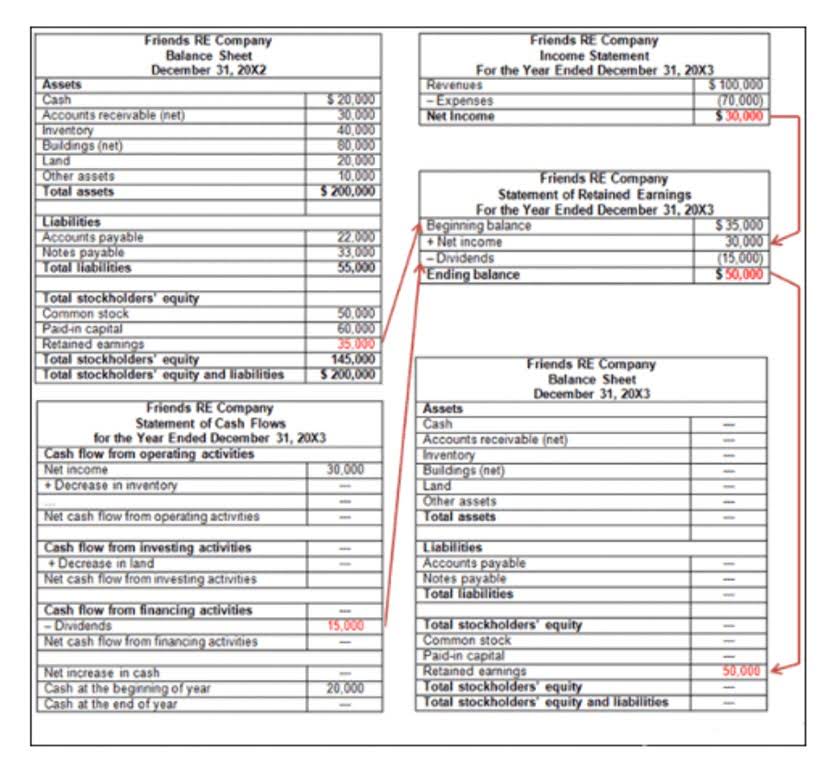
The statute of limitations generally grants three years after the original deadline or filing date (whichever is earlier) to amend returns. Startup taxpayers in certain circumstances may offset up to $500,000 of their federal payroll tax liability using R&D credits. Many states provide credits that are refundable, i.e., states pay the amount of the credit as a refund whether you’re paying income tax now or not. And if you don’t owe income taxes this year but paid income taxes last year, you can carry your credit back to the preceding year to offset some or all of r&d tax credit that year’s tax liability. If you don’t owe income taxes this year or last year, you might not be able to benefit from the credit this year.
Book a demo with our friendly team of experts
Eligible small businesses can also opt to apply the credit towards their payroll taxes. R&D tax credits are available to all organizations that engage in certain activities to develop new or improved products, processes, software, techniques, formulas or inventions. This accessibility is partly due to the Protecting Americans from Tax Hikes (PATH) Act of 2015, which broadened the ability of many small-to-midsize businesses to monetize the R&D credit. Credits can be constantly accumulated since there are no maximum limits, but you need to make sure you claim the credit every year. Remember, you can only amend your tax returns for up to three years, so if you were eligible for an R&D tax credit four years ago, you will more likely than not be able to use it https://www.bookstime.com/blog/coronavirus-aid-relief now, depending on your tax situation. Some small businesses may also be eligible to apply the credit to their payroll taxes.
When you didn’t file a claim within the 3-year or 2-year expiration dates

If they identify any missing information or forms, you will receive notification in writing and have the opportunity to provide these documents and details. As long as this information is received before your SR&ED reporting deadline, it will be considered an eligible SR&ED expenditure. SR&ED claim forms and information will only be accepted after these deadlines in extremely limited circumstances.

What are the benefits of the credit?
Because the company meets the criteria, it can use $500,000 of these credits to offset FICA payroll tax on its quarterly Form 941 filings. income summary The remaining $100,000 in credits will carryforward for 20 years to offset future regular tax liability on the company’s tax return. The credit is claimed on a timely-filed (including extension) federal income tax return for the year in which the qualified expenses were incurred. The credit may also be claimed by amending a previously-filed return on or before the statute of limitations date to report credits related to expenses incurred during that period.
Who can claim the R&D tax credit?
The R&D tax credit is designed to incentivize companies to conduct development activities within the U.S. Therefore, as long as activities are performed by individuals located within the U.S., they may still qualify for this tax credit. However, to know for sure will require a review of the contract between you and your customer. An R&D tax credit professional would be able to review your contracts and give you a better idea of whether these activities qualify.
- Following Hurricanes Helene and Milton, we have seen many rumors that have the potential to seriously hamper storm response efforts or prevent people from getting assistance quickly.
- This is considered an “excess collection.” The refund money can’t be sent to you and you can’t apply it as a payment toward a future tax year.
- The deadline to file 2022 tax returns is April 18, 2023 so the three-year statute of limitations will expire on April 18, 2026.
- Another change saw part of the tax code amended for tax years from 2018 onwards.
- ADP has a dedicated team of tax credit experts focused on R&D and offers exclusive tools and resources for CPAs.
The R&D credit means that organizations that invest in qualified research and development activities to incentivize innovation and growth (as defined in Internal Revenue Code section 41) may be eligible for a general business tax credit. You or your agent should notify HMRC of your intention to claim via a dedicated claim notification form. You will also need to confirm on your tax return for the relevant period that pre-notification has been completed, if applicable. The above article is intended to provide generalized financial information designed to educate a broad segment of the public; it does not give personalized tax, investment, legal, or other business and professional advice.

More In File
- If you answer “yes” to the two questions above, you might want to talk to your CPA at Bench.
- Furthermore, QREs don’t have to be for the advancement of scientific knowledge; they can be for product, process, and software development or improvement.
- R&D tax credits are a Corporation Tax relief, and the time limit for revising your Corporation Tax return is typically two years after the end of your accounting period.
- If you have Qualified Research Expenses (QRE), you can take any unused R&D tax credits and apply them to a future tax year.
- It’s common for newly formed SMEs to adjust their accounting year-ends after registering as a limited company at Companies House.
- Because the company meets the criteria, it can use $500,000 of these credits to offset FICA payroll tax on its quarterly Form 941 filings.
The twenty-year carryforward provides companies with an extensive timeframe to be able to utilize the R&D tax credit. An eligible business can apply up to $250,000 of its R&D credit to its payroll tax liability each year. However, you have to elect this option on an originally-filed tax return – meaning if you missed out applying the R&D credit to payroll taxes in a prior year, you can’t correct your mistake by filing an amended return. Note that the IRS implemented a one-year transition period during which time taxpayers who file a claim for refund involving the Research Credit will be informed of a deficient claim for refund through Letter 6426C or 6428. The letter will indicate which of the five items of information is missing and provide the taxpayers with 45 days to perfect the filing.

Add a Comment